|
by Johnny Killmore I like to call it Wind Therapy. It’s the state of mind we all get when, leaving our worries behind, we climb aboard a motorcycle and aim it towards “somewhere.” And despite a lack of clinical research, this concept seems to be known by any motorcycle rider that’s spent much time in the saddle. On the bike is a time when the cell phone and other distractions are set aside, letting you interface with the world around you. Even on a group ride, we are “alone together,” sharing memories during fuel stops or meals. And with everything from taking psychedelics to raising cows being studied as a way to treat PTSD, it should be no surprise that the therapeutic values of motorcycling are well known in the veteran community. After all, the creation of biker culture traces its roots to sensationalized stories of returning war veterans “taking over” small towns and committing the sins of drinking beer and doing burnouts in the street. While there is a welcomed lack of drunken antics or burnouts, the Veterans Charity Ride to Sturgis (VCR) has still managed to carve out a place in the motorcycling world: one where wounded and amputee veterans can get out of their head and out into the wind. Sharing the “alone together” experiences with other veterans as they soak in some of America’s best scenery, the trip covers nearly 2,000 miles aboard Indian Motorcycles, some with donated sidecars attached, courtesy of Champion Sidecars and Trikes. This year involved over a dozen bikes and 18 riders… most for their first time. Others, like me, are returning veteran mentors. Our jobs are varied, from driving the support vehicles to helping keep the formation tight. For me, this is year three piloting a sidecar outfit for the ride photographer, Sara Liberte. This year the ride started in Salt Lake City, removing a lot of desert highway and adding more time for the Colorado mountains. Hitting the Road: Group RidingAs always things started out with a skills course, letting riders familiarize themselves with the heavyweight Indian cruisers. Riding in formation is no time to get used to the control layouts of an 800lbs motorcycle, not to mention a sidecar outfit. In the confines of a parking lot and under expert instruction, the vets were able to feel out the handling of the bike, get a feel for ABS, and even fiddle with the Ride Command touch screens and sound systems on some of the 2019 model bikes. Since I was riding the same 2015 Indian Chief Dark Horse sidecar outfit, as usual, I was able to meet the new sidecar teams this year and answer questions about the strange handling characteristics of sidecars. Once on the road we immediately leave the summer heat behind us, opting for the mountains to the east on our way to Park City. It’s a few hours of relief before dropping back into the heat on our way to Moab and the headquarters of the VCR, and their sister charity AdventureVet. Moab is best known for its off-roading and hiking, but to me, I’ll remember the locals’ fondness for veterans as much as the iconic landscape. Each year they set up a flag line and honor guard in the city park, with city officials, locals, and even local school kids all there to offer their thanks. This year, in particular, the Canyonlands Care Center brings several of their World War 2 veterans out to be a part of the festivities. It seemed only appropriate to return the favor, so a few of us took time the following day to head to Canyonlands and sit down for a spell. It becomes an unexpected highlight of my trip, spending time with the Greatest Generation. We talk motorcycles, military service, places we’d traveled to, and the local history of eastern Utah. Aside from meeting new people, the new vets get to do some rafting in the Colorado River, trail riding on horseback, and take rides into the Arches National Park. In between, they spend their off time at the Red Cliffs Lodge, where owner Colin Fryer rolls out the red carpet every year. There’s also no way to do Moab without getting in some off-roading, which is why AdventureVet was first created. Since it’s off-road, a motorcycle license isn’t required. Plus, the fun can be had on four wheels via the Mahindra ROXOR 4×4’s that AdventureVet has. We also get a treat in the form of off-road legend Casey Currie, who brought several rock-crawling Jeeps and Can-Am side-by-sides to make sure everyone has some trail time. Into the Centennial StateAs wonderful as Moab is, Colorado, tops the charts with its varied terrain, changeable weather, and twisting roads. Our first leg takes us to the town of Eagle by way of Hwy 141, with a stop at the Gateway Auto Museum for lunch and a look at their amazing car collection. Not surprisingly, my favorite ends up being a 1918 Indian board tracker, the only motorcycle in the collection. We pick up I-70 in Grand Junction, but despite it being the super-slab, the views are great; this is Colorado after all. The time on back roads takes much longer than anticipated, putting us into Eagle hours behind schedule. This is a shame because the town had set up a reception to greet us. On the plus side, we are hosted for dinner at the Boneyard, formerly the Dusty Boot Saloon. This area is home to the folks at REVER, a useful ride-tracking app that sponsors the VCR each year. The venue has a large outdoor area and space in the back for a game of cornhole, the unofficial pastime of the VCR. The next day we are up and on the road early, following I-70 through Avon, on towards the tiny town of Minturn on Hwy 24. This stretch is very familiar to me because I’ve taken it all the way to Pikes Peak for the world-famous hill climb. The experience is much better while riding with a group, as opposed to pulling a trailer with a beat-up van that likes to overheat. I saw things I’d never noticed before since my mind and eyes could wander the landscape instead of staring at an ever-rising temperature gauge. After lunch in Woodland Park, we head past the Pikes Peak Highway and into Colorado Springs for the night, enjoying a few beers at the Bristol Brewery before turning in for an early morning. America’s MountainPikes Peak is holy ground for me. Having raced the hill climb six times since 2009 and has set the sidecar record three different times, the road is one to respect. Now, with the VCR crew, I am climbing to the summit for my slowest ever run in a sidecar. It was unique since I was finally able to look over the sides and see some of the views… something I never allowed myself to do while I was still racing the course. On the way up I remember so many braking marks, turns where I’d had a close call, turns I’d gotten “just right,” and I can still see the skid marks from this year’s race, run just over a month before. As I approach the summit I keep my eyes peeled for a big dip in the road, knowing it’s where motorcycle record-setter Carlin Dunne had lost control of his Ducati and gone off into the rocks below. Having only talked to Carlin one or two times myself the loss still feels personal, and adding a small tribute on the roadside with the items already there felt proper. The summit is full of construction so it’s only by special permission that we can take so many motorcycles up to the crowded lot. It would have been a major letdown to take a bus the last several miles to the summit, yet at the same time it was anti-climactic: the summit looks a certain way when you’ve risked it all on race day… every other time I see it the magic doesn’t seem to be there. Fortunately, I am able to see the summit through the eyes of the other riders, who are all amazed to see “America’s Mountain” from the best view possible: from the seat of a motorcycle. I still get my obligatory donut in the summit house and get my pressed penny proclaiming “I survived the drive” as I’ve always done, but then we head back down to get more photographs of the procession of bikes; mission first of course. At the bottom, I say a quick goodbye to my friend Dennis Wagner, a fellow gearhead who hosted the sidecar racing teams at his home for so many years, and then the group is on its way to Ft. Collins for the night. We take a different route this year because of the need to make good time, using tollways and the multi-lane highways to skirt around the mess that is Denver traffic. The views begin to get a bit less spectacular as you go north, but this is still Colorado and the straighter stretches do at least give you more time to appreciate the views. It’s a bit of a slog getting to Ft. Collins, but they really pull out all the stops, receiving us with much fanfare at the Veterans Plaza. The local Indian dealership is there along with the mayor, music, food, and friendly faces. The hours in the saddle were pretty draining though, so as nice as it was to be welcomed, I found my bed at the hotel even more welcoming. The Final LegA good night’s sleep is important because the final leg is a fairly flat drive, through eastern Wyoming to the Black Hills. VCR founder Dave Frey switches up the route a little every year, but there is only so much you can work within that part of the country. I spend most of my time looking at the odometer and watching for trucks trying to pass us on the miles-long straight sections. Once into Soth Dakota, we hit some light rain but not enough to pull over for. We stay just outside the town of Deadwood at some wonderfully secluded cabins; it’s much nicer to settle in first before heading straight into the madhouse of Sturgis. Although, by the usual standards, it isn’t much of a madhouse. Thigs are wall-to-wall chrome on Main Street of course, but traffic is noticeably lighter elsewhere. DUI arrests were up but attendance was surely down; perhaps everyone is waiting for next year and the rally’s 80th anniversary? Our time in Sturgis is a blur as usual. We have our official arrival at Indian Motorcycle Sturgis and we squeeze down Main St with a police escort to make things feel official. We dodge some rain on the official Indian Motorcycle Riders Group (IMRG) and, of course, ride the Black Hills in smaller groups. Looking back, I remember the people most of all. I remember watching the flat track races at the Buffalo Chip TT with Matthew and sharing a few drinks. I remember offering tips to Jana on the finer points of riding off road (she took my advice of “if you’re going crash, crash big” to heart, what a trooper). Chad was an endless stream of questions about how to pilot a sidecar outfit, despite the fact that he and his passenger Kenny made a natural team. And, of course, I remember watching our photog Sara Liberte shoot portraits while perched backward on a sidecar going 70mph… I never get used to that. Memories like these are etched in my brain. So, when I’m sitting alone sometimes and my mind wanders to the bad times, I also remember the good times. A big ride like this is a little like driving convoy in Iraq. Sure the vehicles are nicer and no one is specifically trying to kill you (though some drivers seem like they’re on a suicide mission), but it gives you that same feeling of camaraderie, of overcoming the elements and the distances as a team, meals shared together, laughs shared together… time spent together. After all these years, a face full of wind and a set of handlebars is still one of the all-time greatest ways to cure what ails ya. Sharing it with like-minded people and forming new friendships deepens that sense. For more information on the Veterans Charity Ride visit their website at www.veteranscharityride.org. You can nominate a disabled veteran (including yourself) for the 2020 ride or make a donation there as well (501(c)3 certified). For more images and stories from the ride, be sure to follow their Facebook and Instagram pages. Every year I also do live posts, videos, and interviews on the Russ Brown Motorcycle Attorneys’ Instagram page to let people experience the ride from the inside. Be sure to follow them for all things motorcycle.
0 Comments
Leave a Reply. |
NewsArchives
June 2022
Categories |
- Home
- How to Help
- Gallery
- Testimonials
-
Rides & Programs
- About the Rides
- Ride Routes
- Sign Up a Veteran
-
MEET THE VETERANS
>
- 2023 Veterans >
-
2022 Veteran Veterans
>
- Timothy Cloud
- Guy Bond
- Stephen Nester
- Brian Sayer
- Jeremy Breece
- Paul Kilgore 2022
- Denver Braa 2022
- Dave Frey 2022
- RYAN LUNDBOHM 2022
- KELLY CHARTIER
- DONALD F. TYNDALL
- MICHAEL J. BROOKS
- KERRY CHARTIER
- BRENNA MATTHIES
- Dave Frey 2022
- JAN GOKLISH-STEVENS
- DAVID GREEN
- BRANDON LANGSTON
- MATT MARTIN
- ZACHARY PEDERSEN
- JARED POSEY
- MILT YAGEL 2022
- Denver Braa 2022
- JOEL MCCOLLOUGH
- 2022 Grand Valley
- 2022 Veteran Mentors >
- 2022 Veterans (Durango)
- 2022 Moab Adventure
-
2021 Veterans
>
- 2020 Veterans >
-
2019 Veterans
>
-
2018 Veterans
>
-
2017 Veterans
>
-
2016 Veterans
>
- News
- Donate
- About Us
- Contact

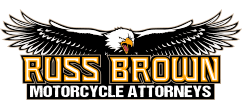
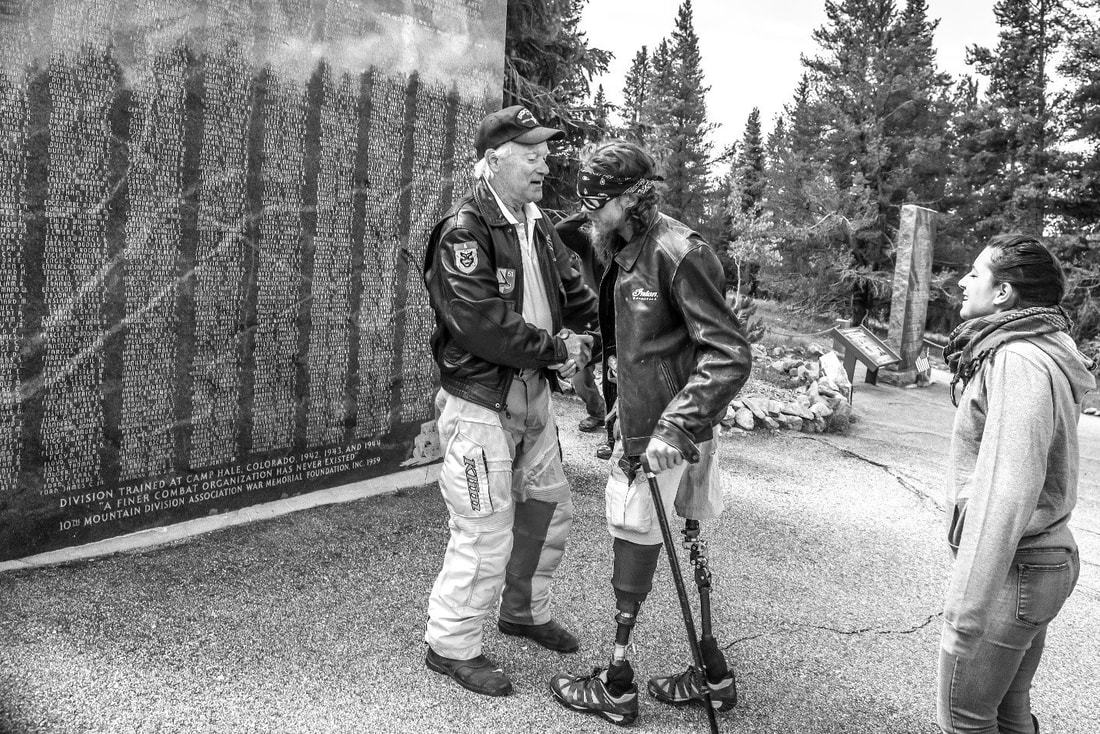
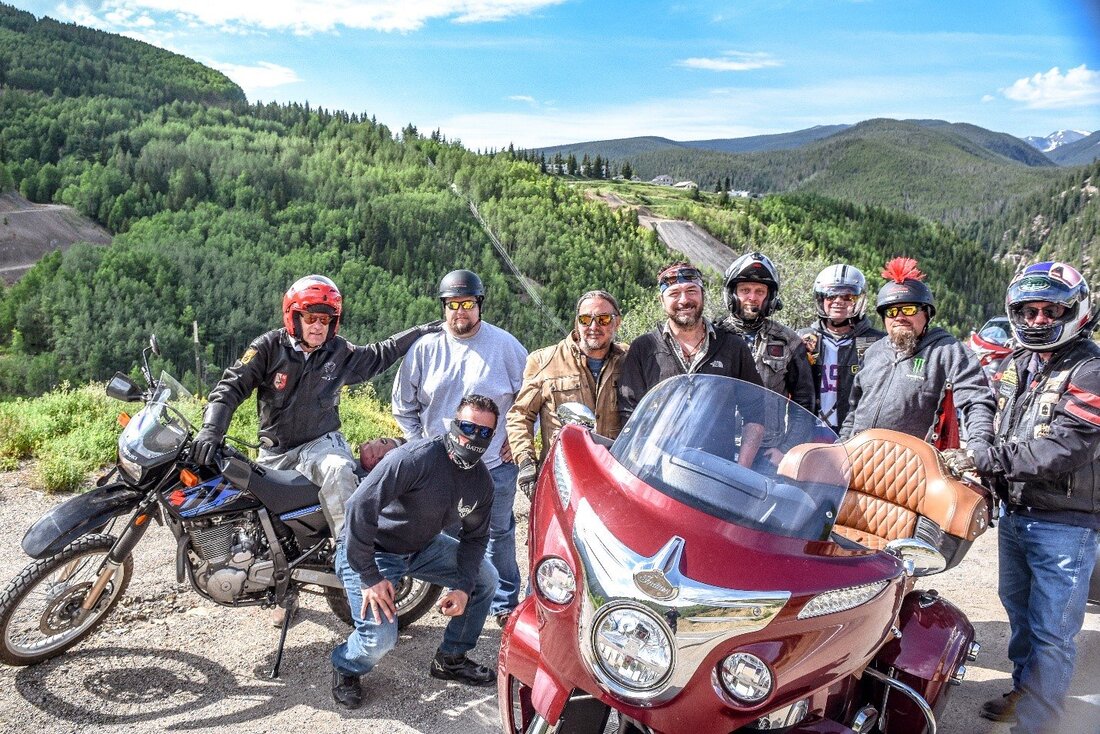
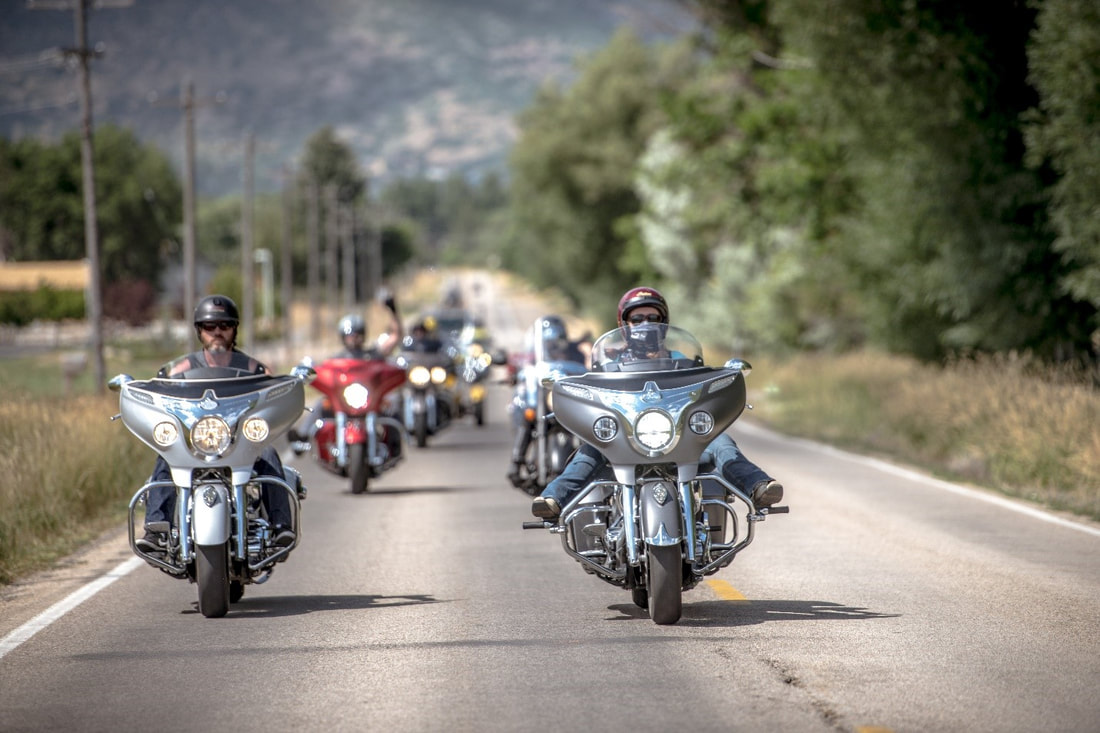
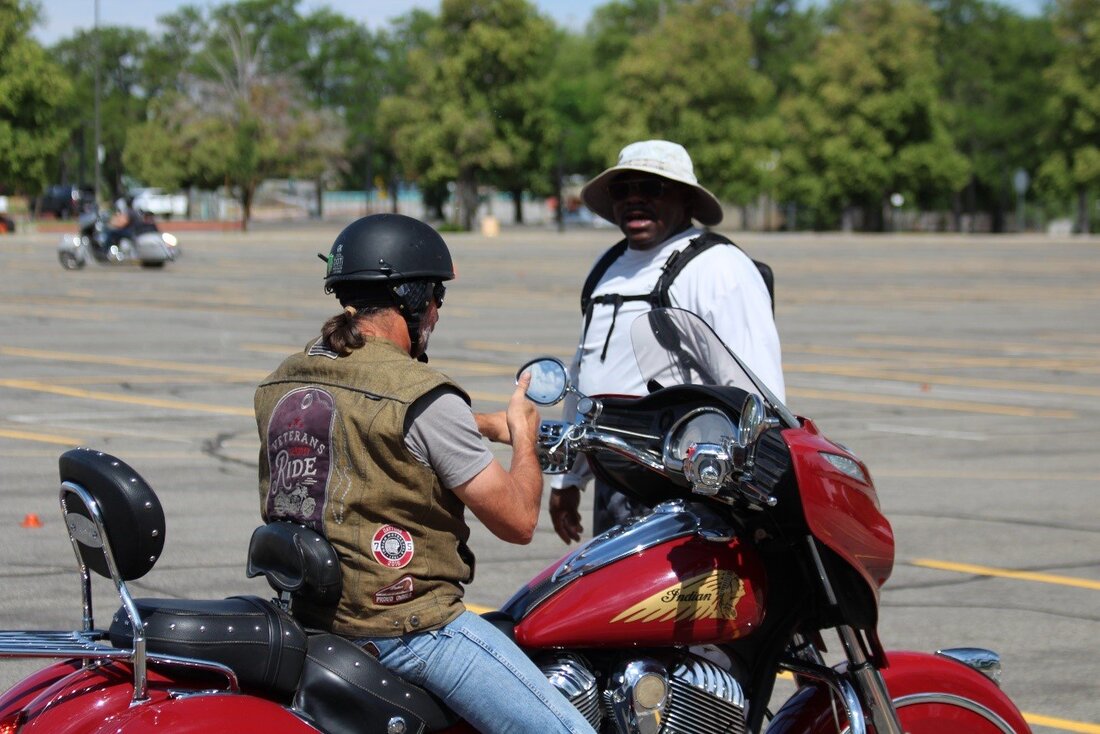
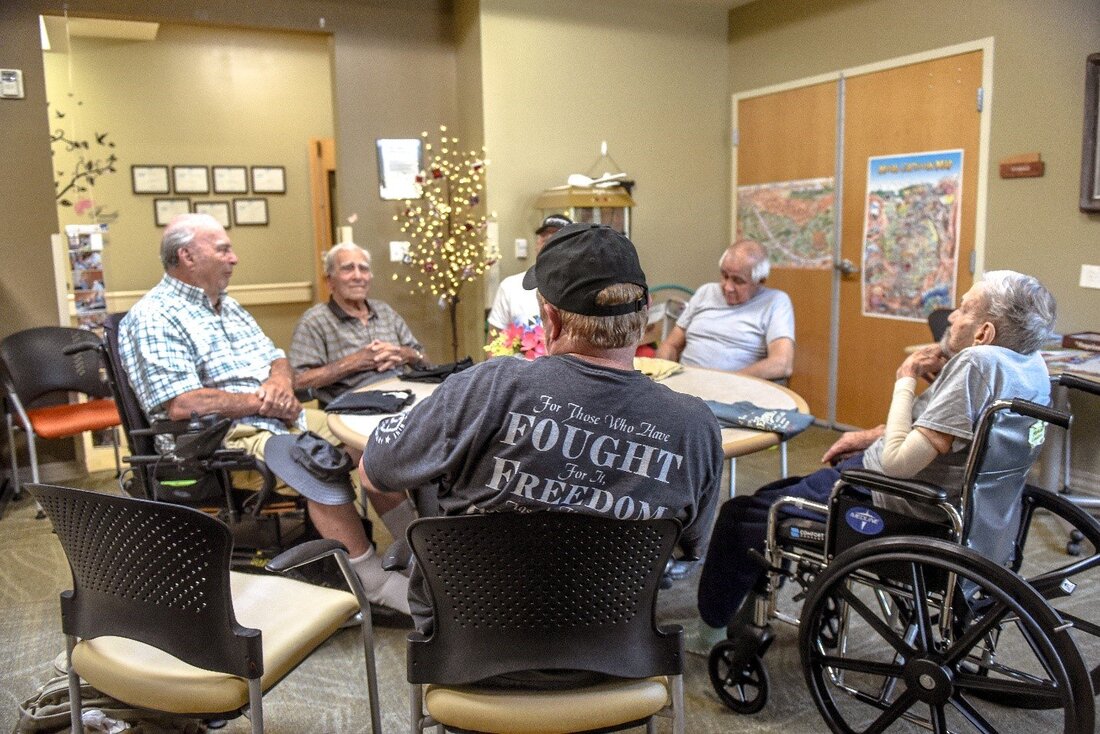
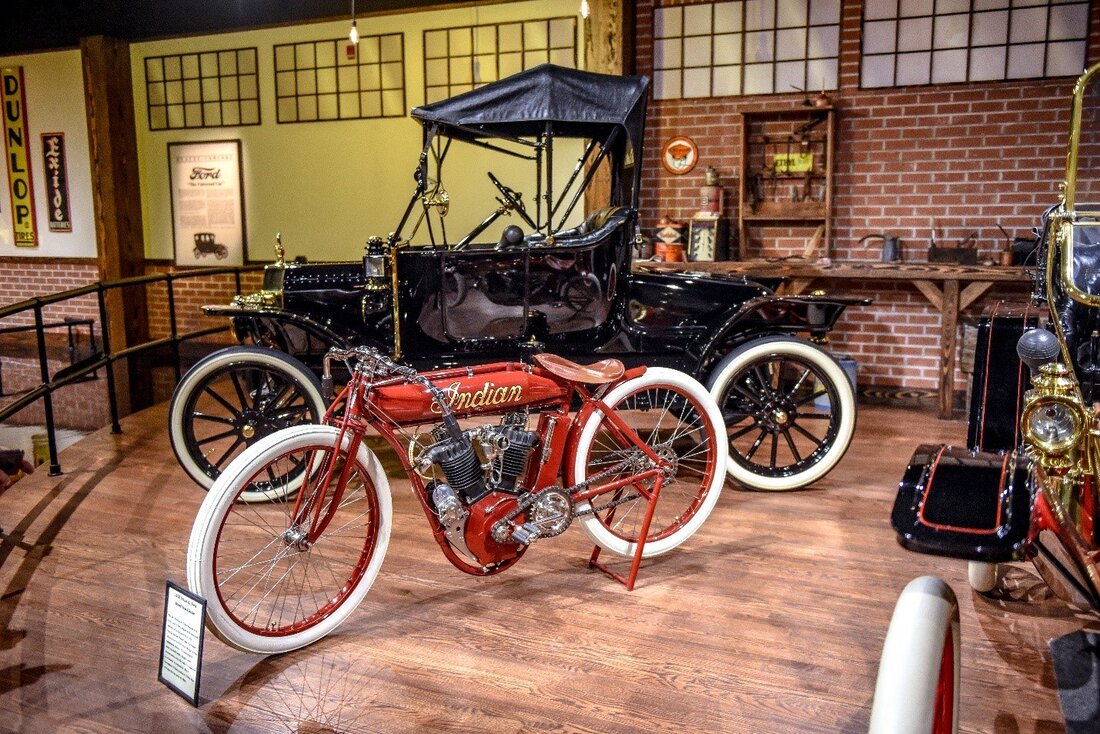
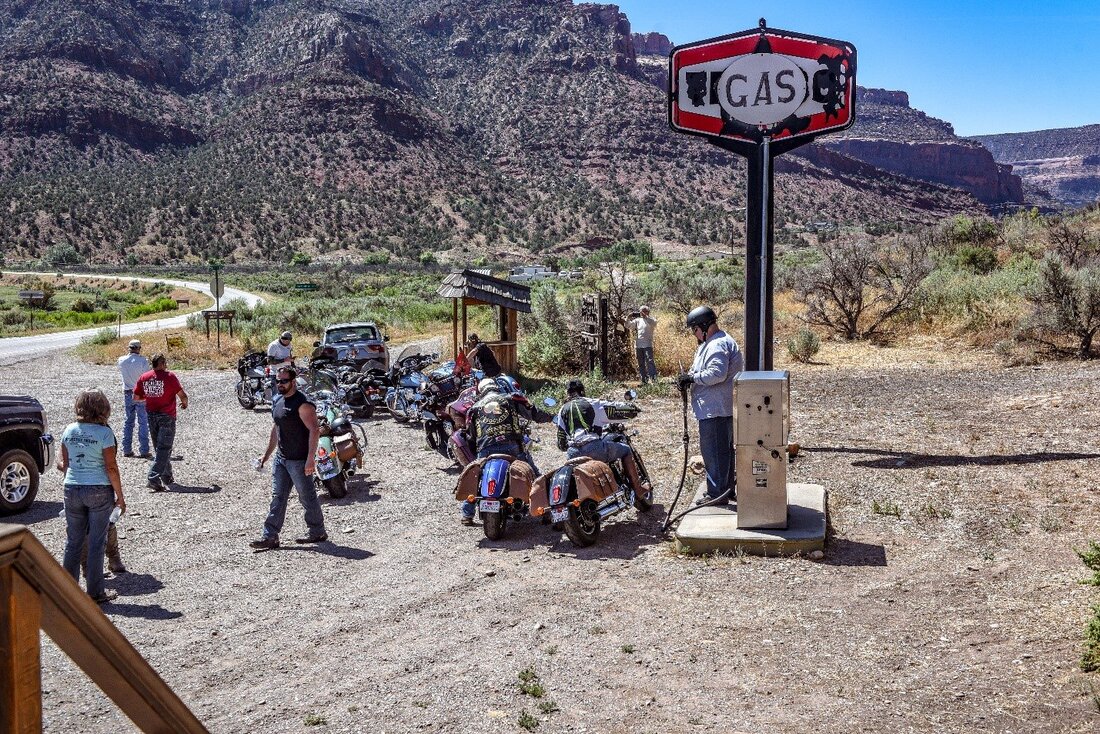
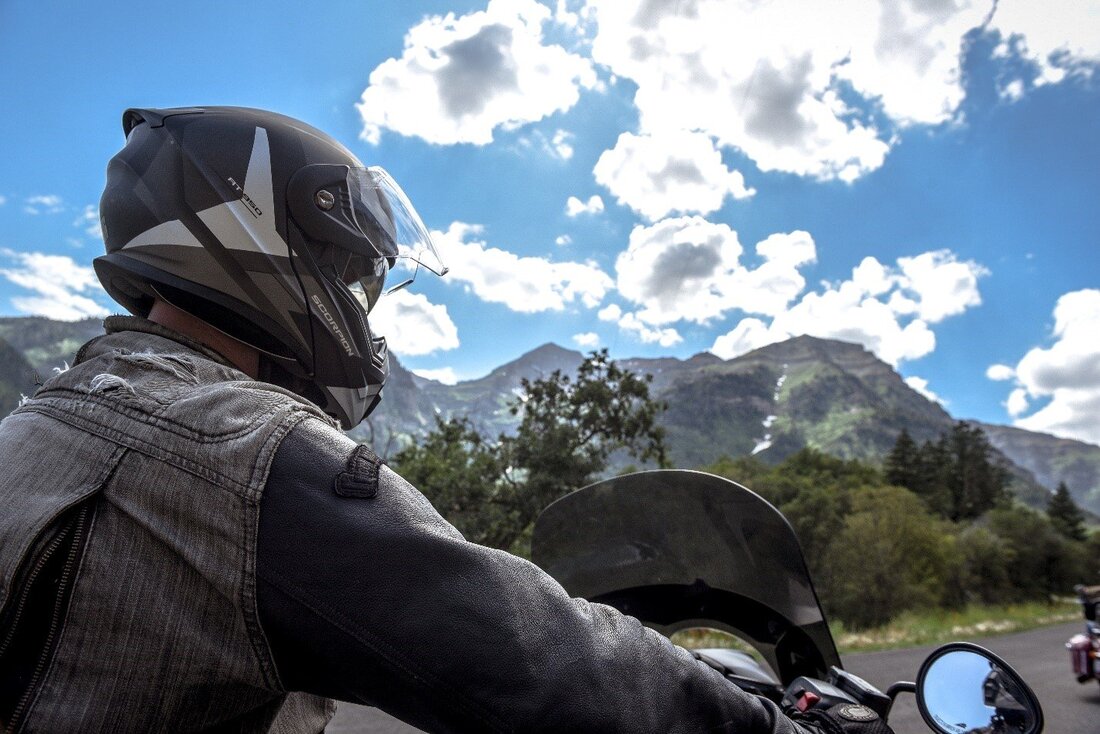
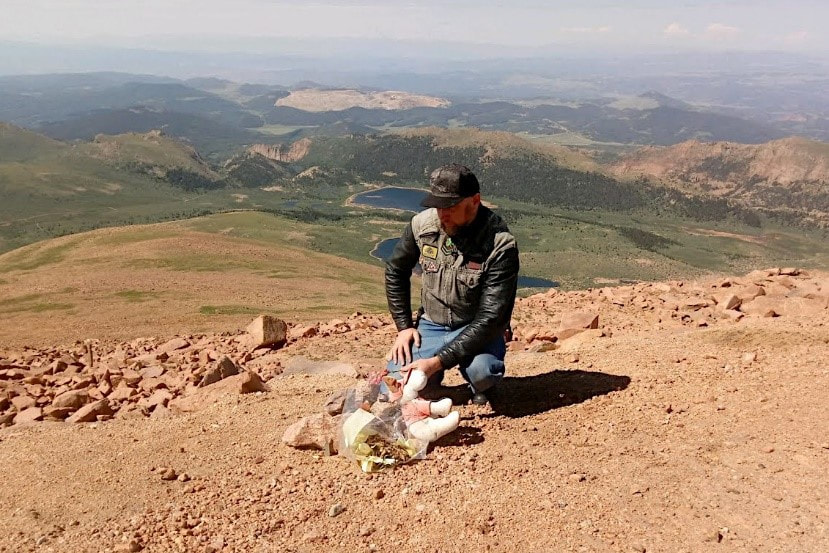
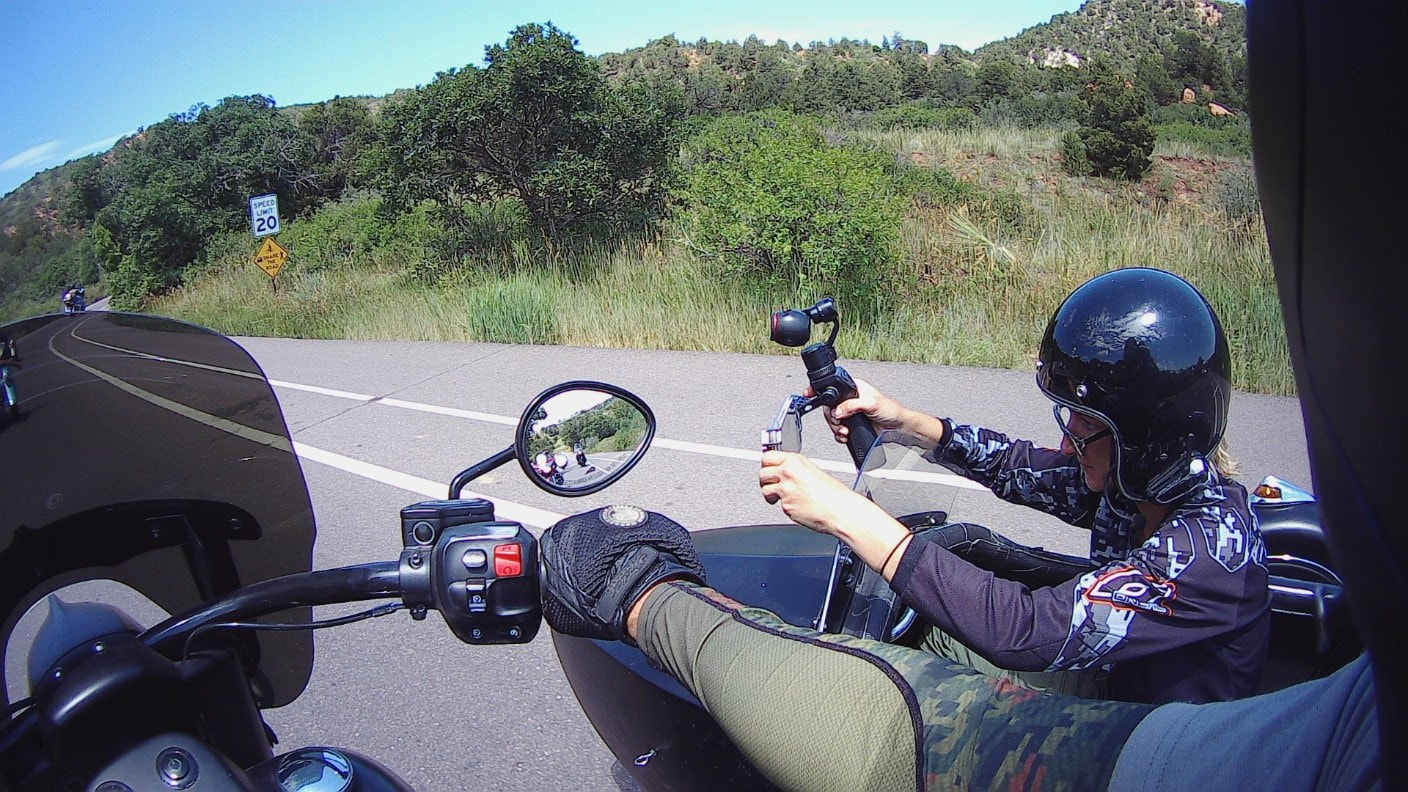
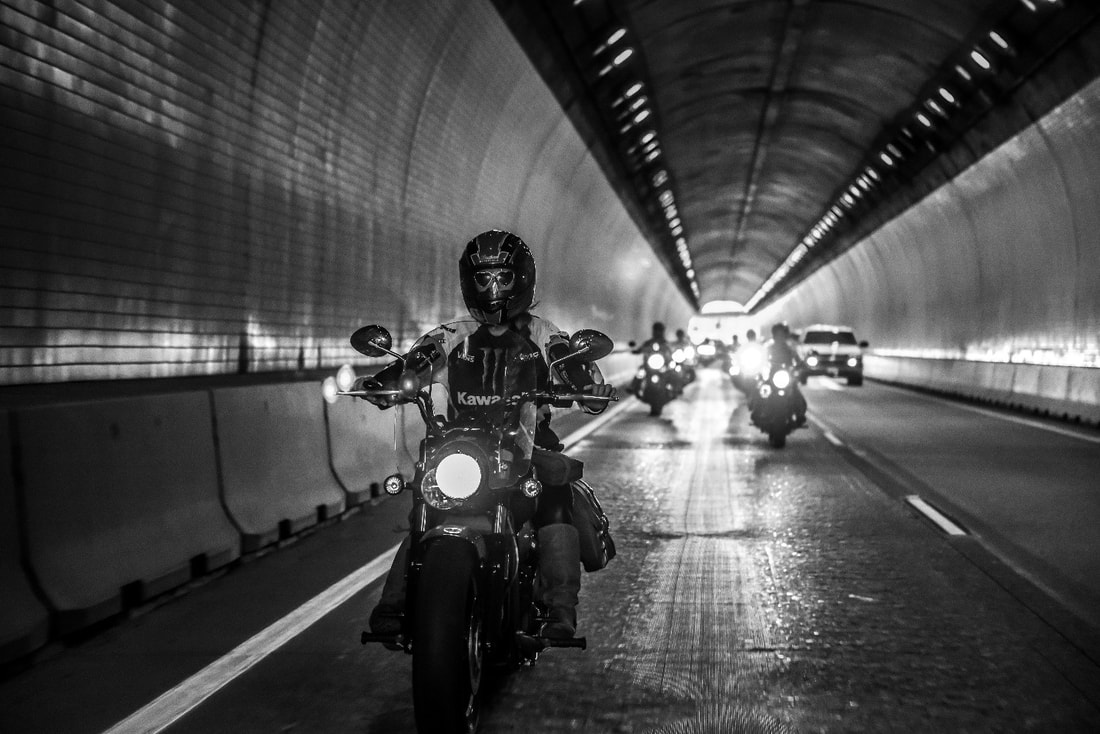
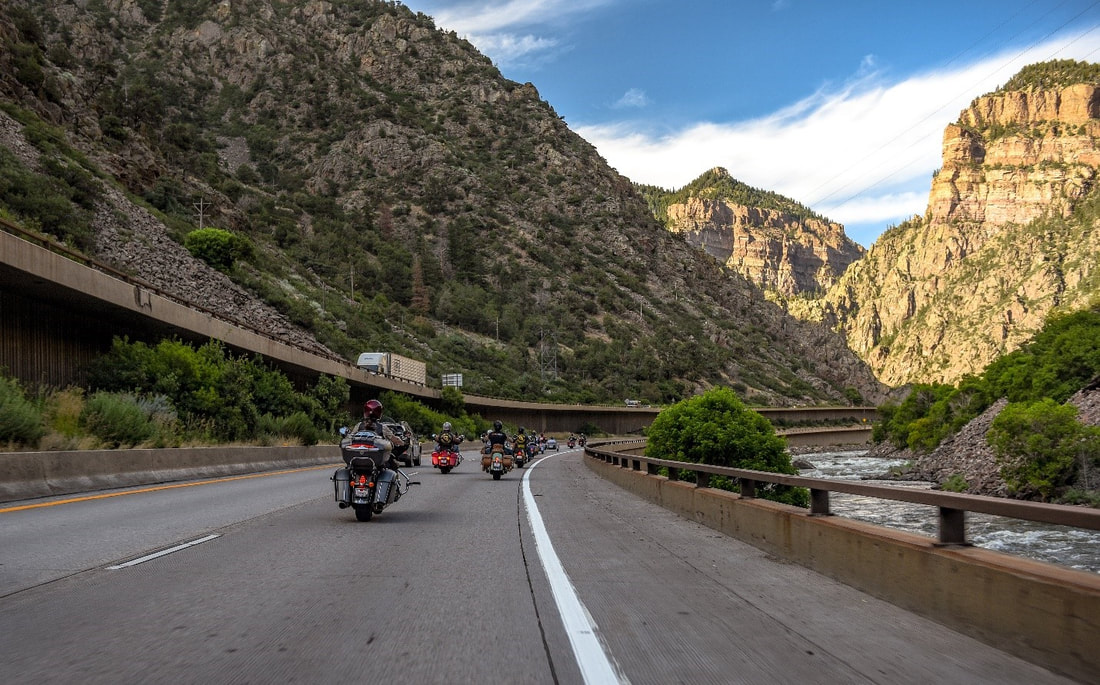
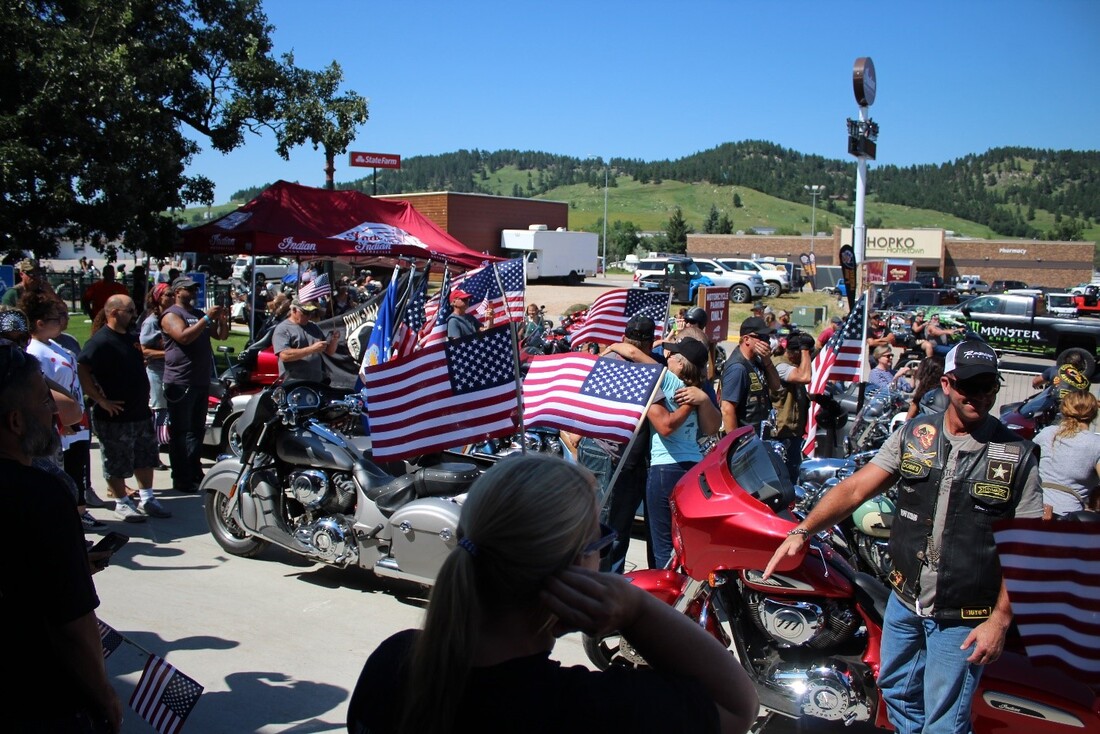
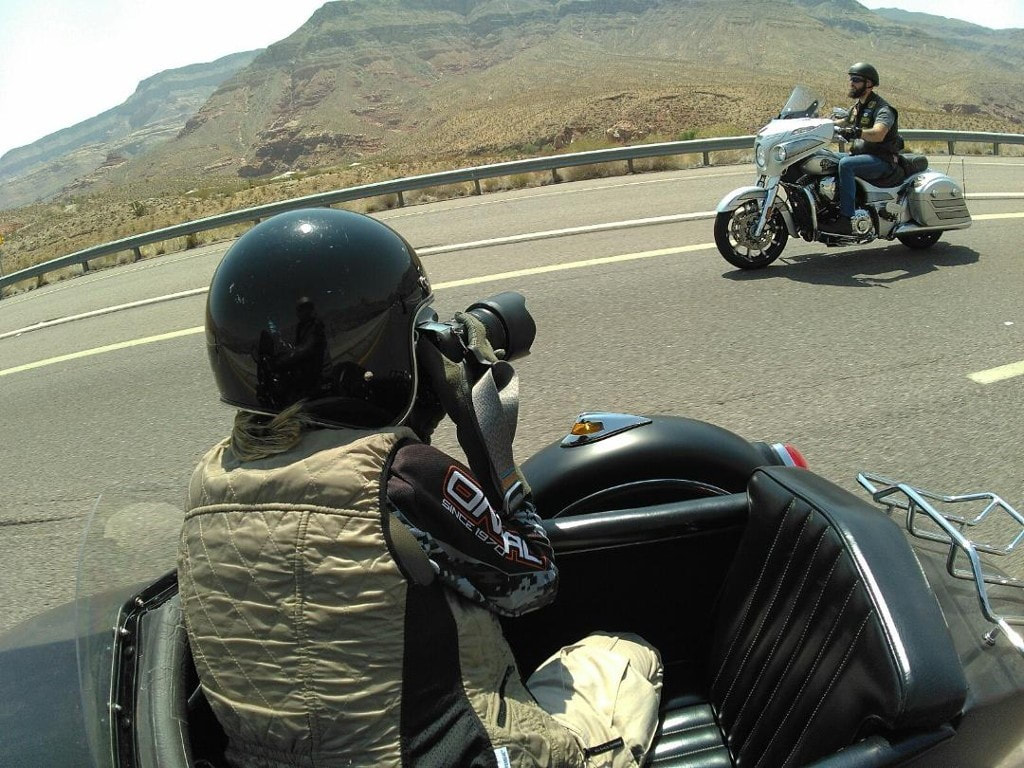
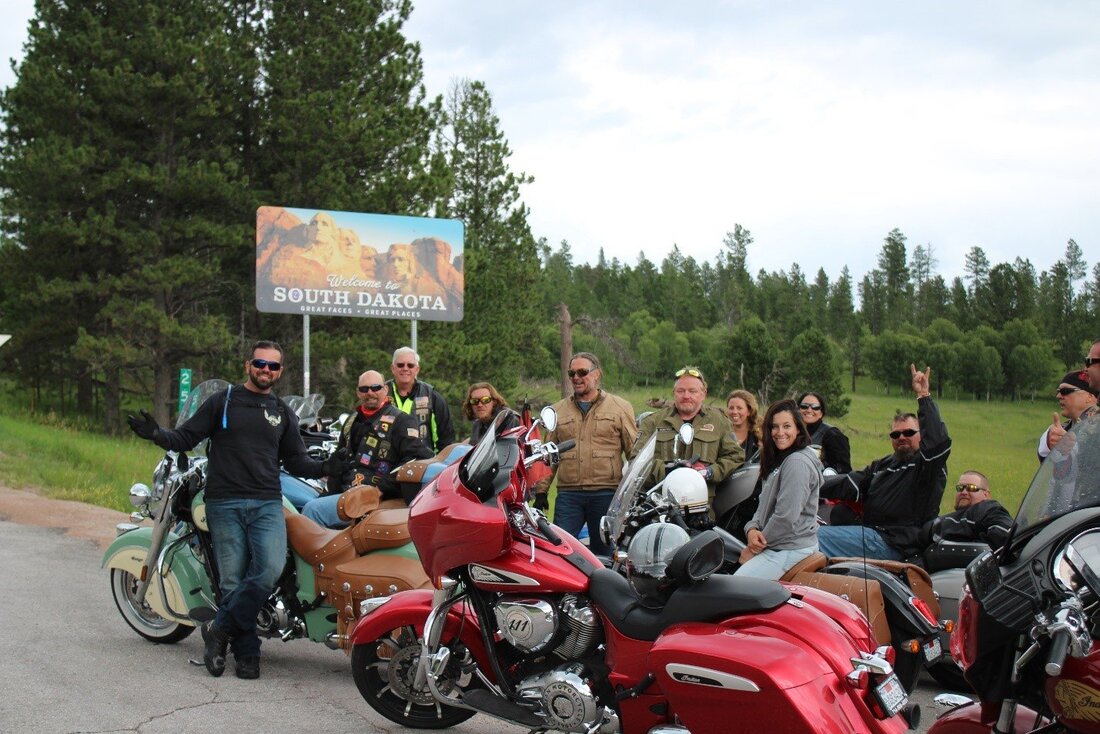
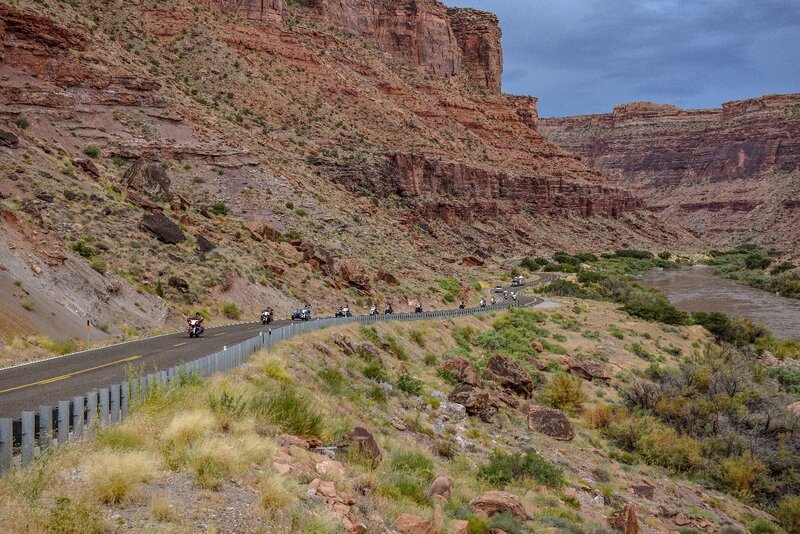
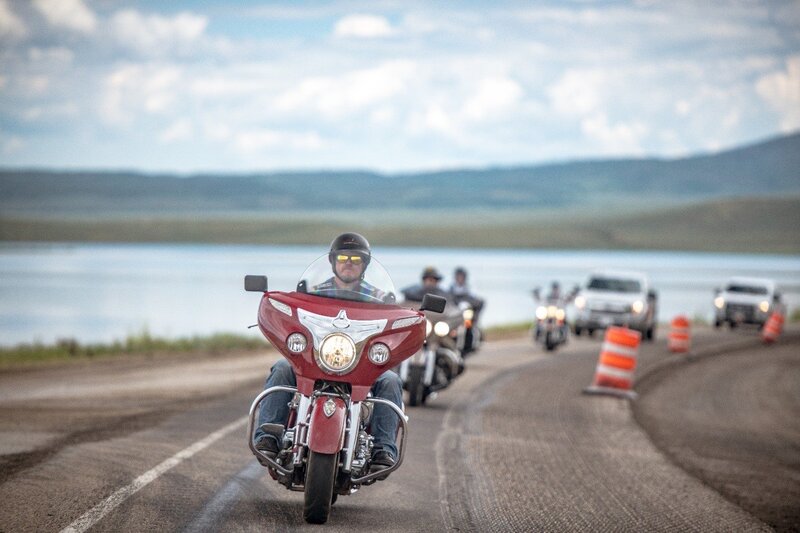

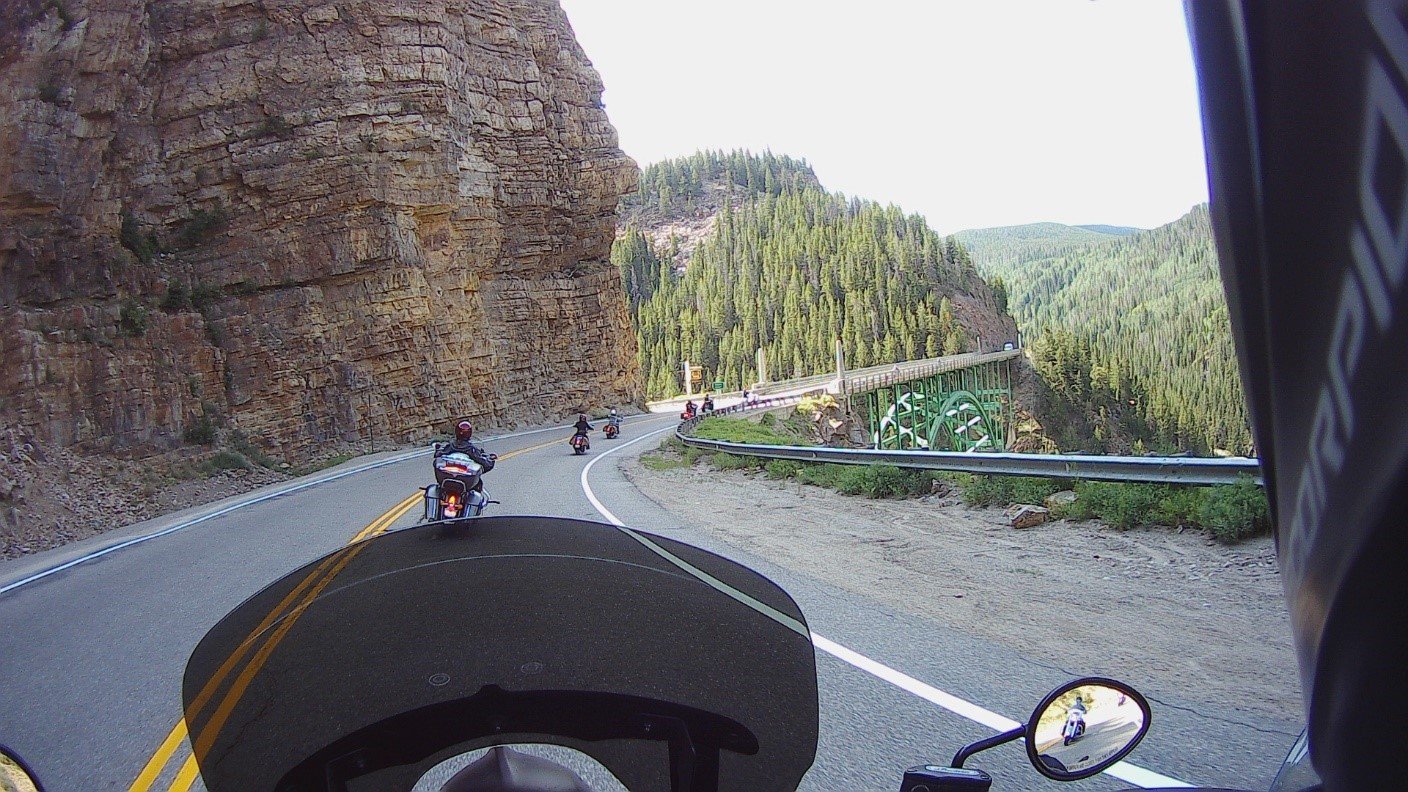
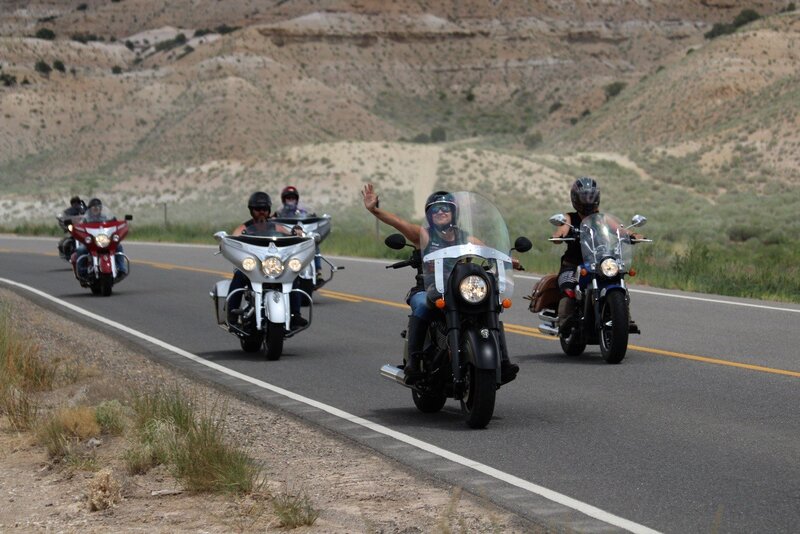
 RSS Feed
RSS Feed


